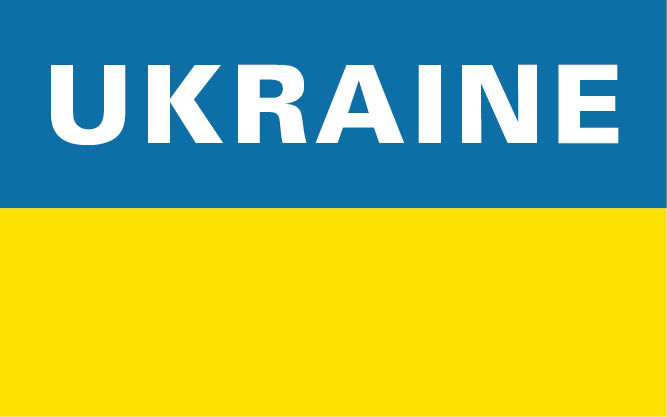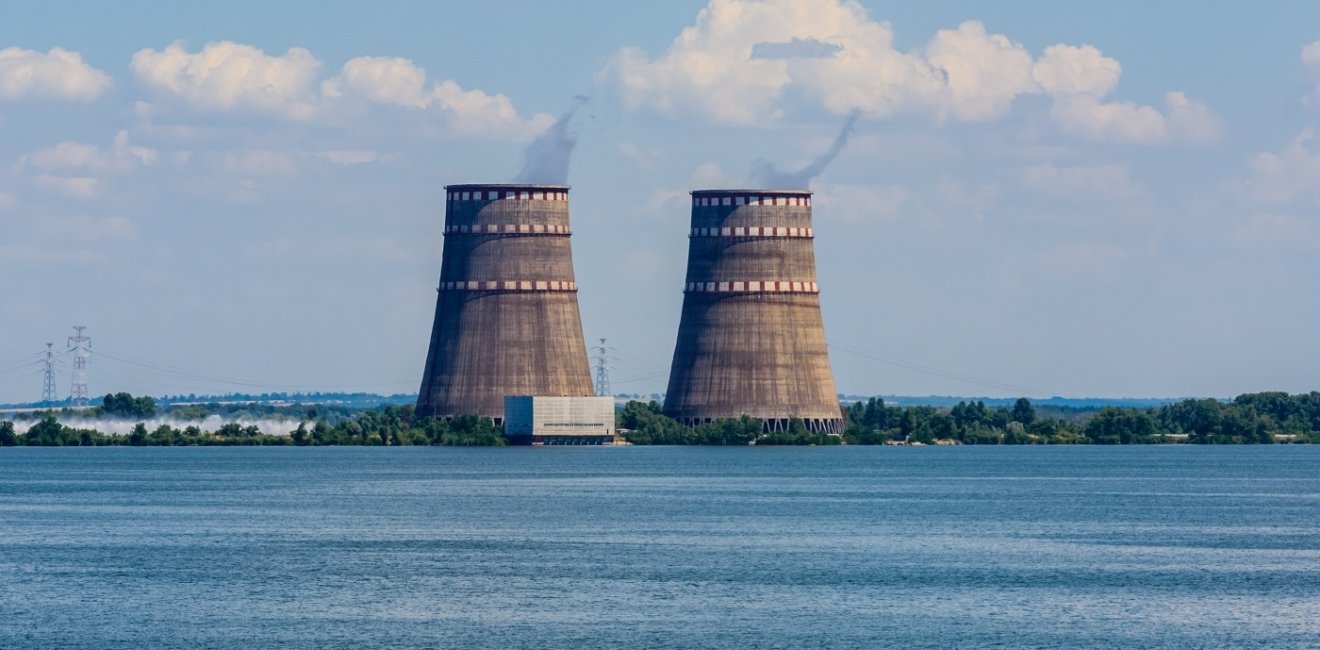
A blog of the Kennan Institute
In September 2022, Russia started using a new strategy in its war against Ukraine: massive attacks on the energy infrastructure. A big strike happened in September and starting in October, Ukraine experienced more than 15 massive attacks and dozens of smaller ones, oriented to specific regions and facilities. In October, Ukraine had to suspend electricity export. Consumers lived through cutoffs and the constant risk of a total blackout. All energy sectors suffered, but the power system incurred the biggest damages and losses.
Clearly, the attacks on the energy infrastructure were prepared as an option even before the invasion. These attacks were planned by the Russian army, together with Russian energy engineers. In 2021, when the Ukrainian power system still was synchronized with the Russian and Belarusian system, Russian engineers tried to retrieve data about all power facilities, with exact GPS coordinates.
But despite hundreds of missiles and drones attacking the power system, it survived. And since February, solar power plants have started producing much more electricity, because of sunny weather. This has resulted in a surplus of electricity and no customer power cutoffs. As some generation and transmission facilities were repaired and renewables produced even more electricity, Ukraine resumed the export of electricity, starting April 11.
For now, the Russian strategy of attacks on the energy facilities failed, despite the huge losses incurred by the power system. On the one hand, the Kremlin expected these attacks to cut off the power supply completely, affecting the economy and the war. On the other hand, Russians anticipated that these cuts would make Ukrainians demand that the war stop, along with air strikes on their power infrastructure.
Attacks on the energy infrastructure were accompanied by false-information operations, primarily carried out on social media. For example, internet bots spread false reports, suggesting that the nationwide power cutoffs were unrelated to infrastructure damage and that electricity was being exported to Europe, making it seem as though the Ukrainian government wanted to increase exports and profits at the expense of domestic consumption.
Several factors played a crucial role in saving the power supply during the winter and helping the system recover quickly. The actions of the Ukrainian army and new foreign supplies of air defense systems reduced the efficiency of Russian attacks. The dedicated work of energy companies and their personnel, repairing facilities day and night despite the risk of new attacks, was important, even as dozens of workers were killed by air strikes. Engineers responsible for the management of the power system made it less vulnerable to attacks and decreased the risk of blackout due to a system crash.
Ukraine’s power system had a surplus of capacity, which helped it to survive when it was attacked. And, as energy demand fell as a result of attacks, this surplus meant that Russians had to destroy more to affect the supply. And the system was designed during the Cold War, to withstand World War III.
Finally, renewables also played an important role in saving the power supply during the attacks. In some cases, these were the only sources of power when the country experienced massive cutoffs after the attacks. Warm weather contributed to a smaller power demand and decreased the risk of freezing, for people and water supply systems.
Russian attacks on Ukrainian energy facilities continue, however, causing new damage and supply interruptions. A huge share of capacity is damaged, and not all will be repaired by next winter. Energy companies lack money for repairs, and, despite international technical aid, they lack equipment and spare parts.
This makes the prospect of surviving the next winter daunting. A power deficit may be in place, and potential air attacks may make the situation more difficult. Liberating territories may improve the situation, even if the war has not ended. These territories include occupied southern Ukraine, where huge power generating capacities are located—the Zaporizhzhia nuclear power plant, thermal power plants, and a majority of Ukrainian wind power, for example.
Ukrainian energy companies still have a lot to prepare for to be ready for next winter. The government must create favorable conditions for these preparations. International parties must support the process with financial and technical aid as well as with military equipment to help protect the power system and liberate Ukraine’s territories.
The opinions expressed in this article are those solely of the author and do not reflect the views of the Kennan Institute.
Author

Director, Energy Program, Ukrainian Institute for the Future

Kennan Institute
After more than 50 years as a vital part of the Wilson Center legacy, the Kennan Institute has become an independent think tank. You can find the current website for the Kennan Institute at kennaninstitute.org. Please look for future announcements about partnership activities between the Wilson Center and the Kennan Institute at Wilson Center Press Room. The Kennan Institute is the premier US center for advanced research on Eurasia and the oldest and largest regional program at the Woodrow Wilson International Center for Scholars. The Kennan Institute is committed to improving American understanding of Russia, Ukraine, Central Asia, the South Caucasus, and the surrounding region through research and exchange. Read more

Explore More in Focus Ukraine
Browse Focus Ukraine
Talking to the Dead to Heal the Living

Ukrainian Issue in Polish Elections




